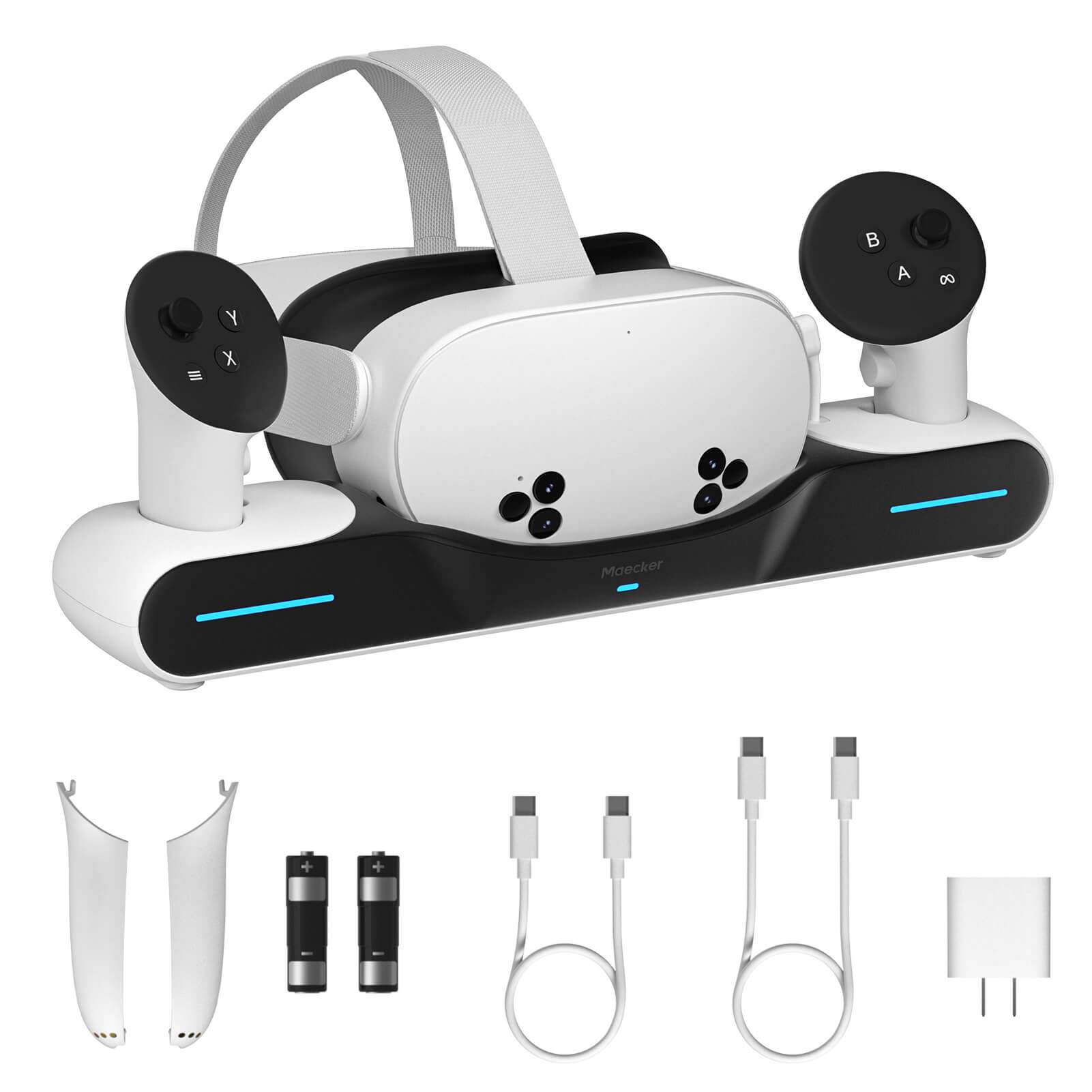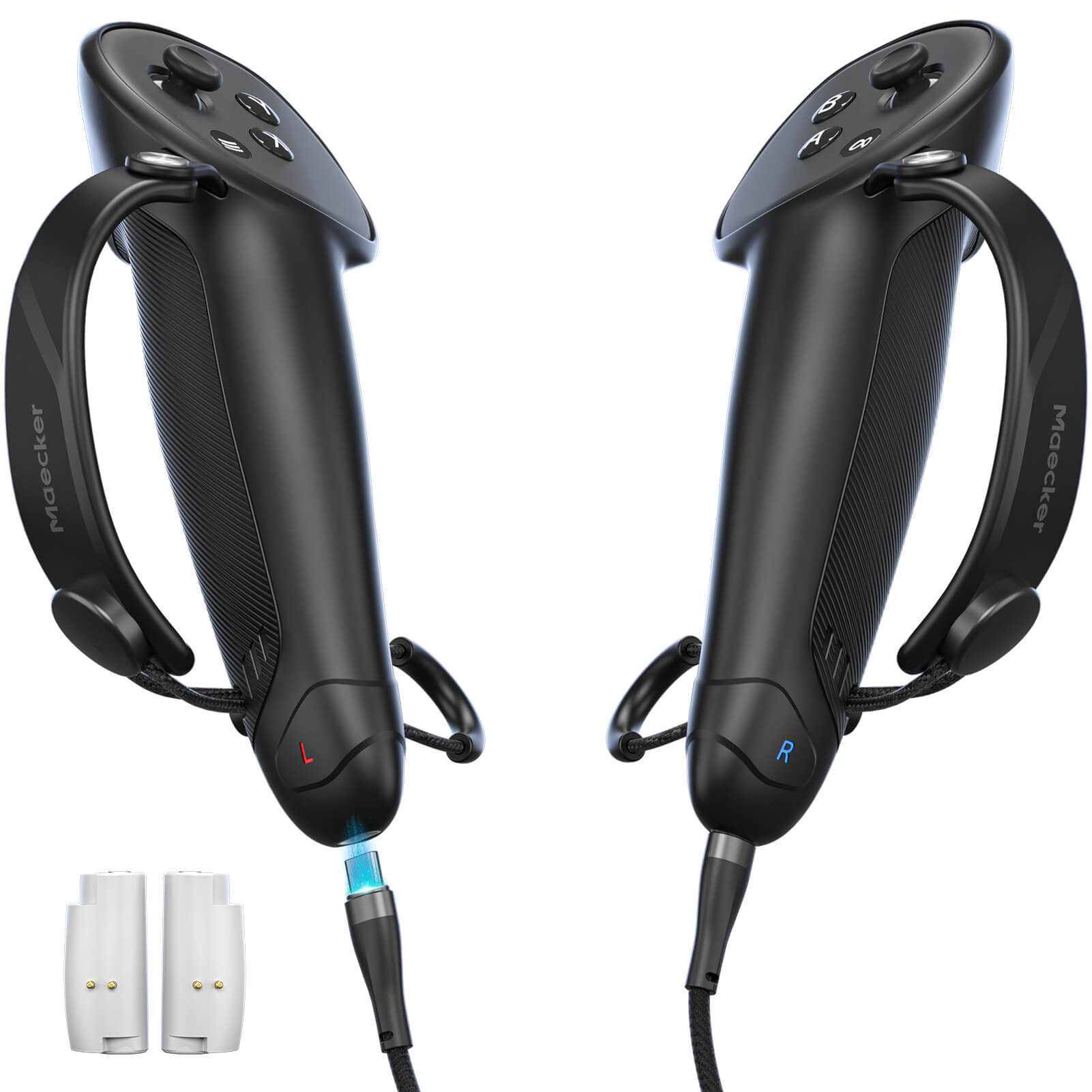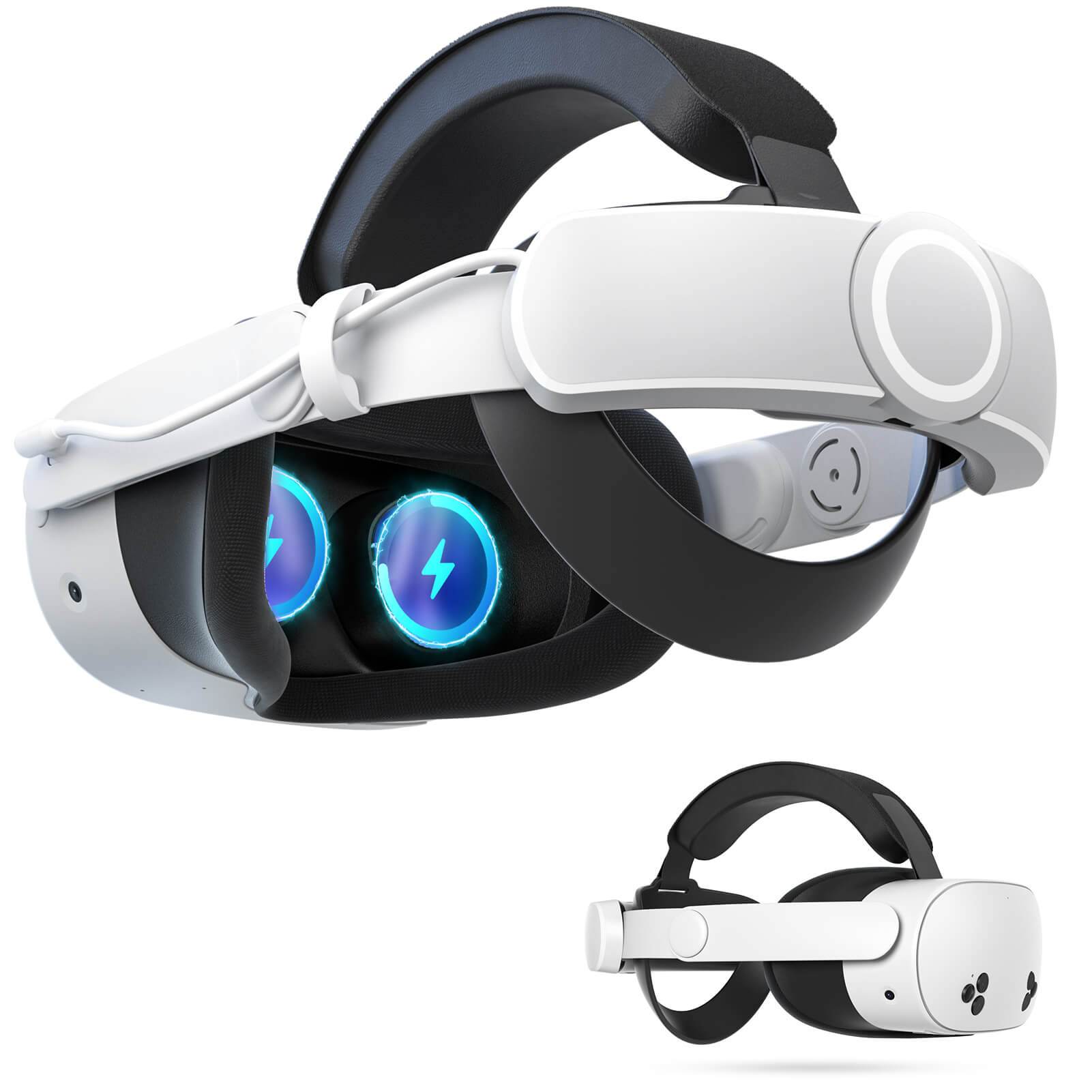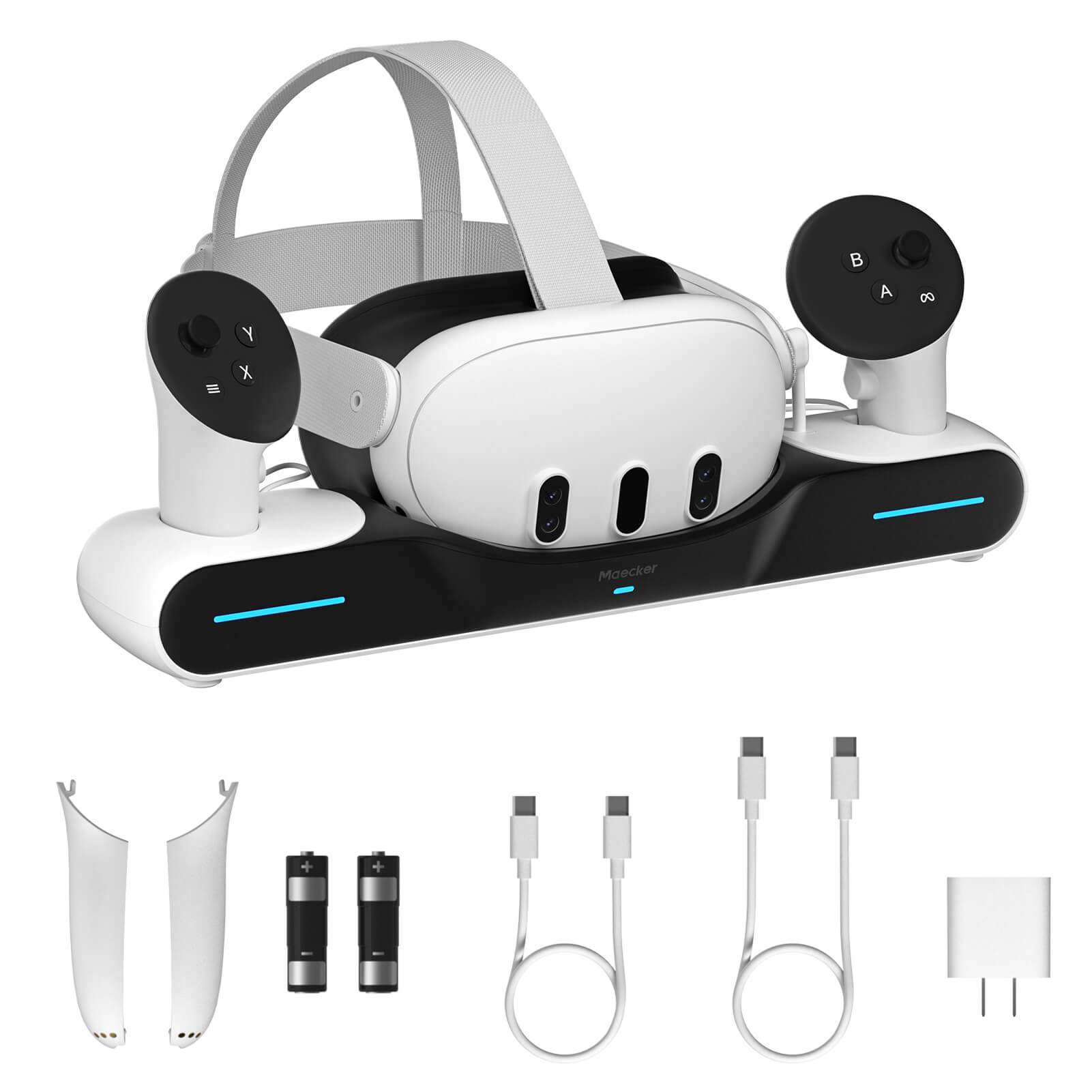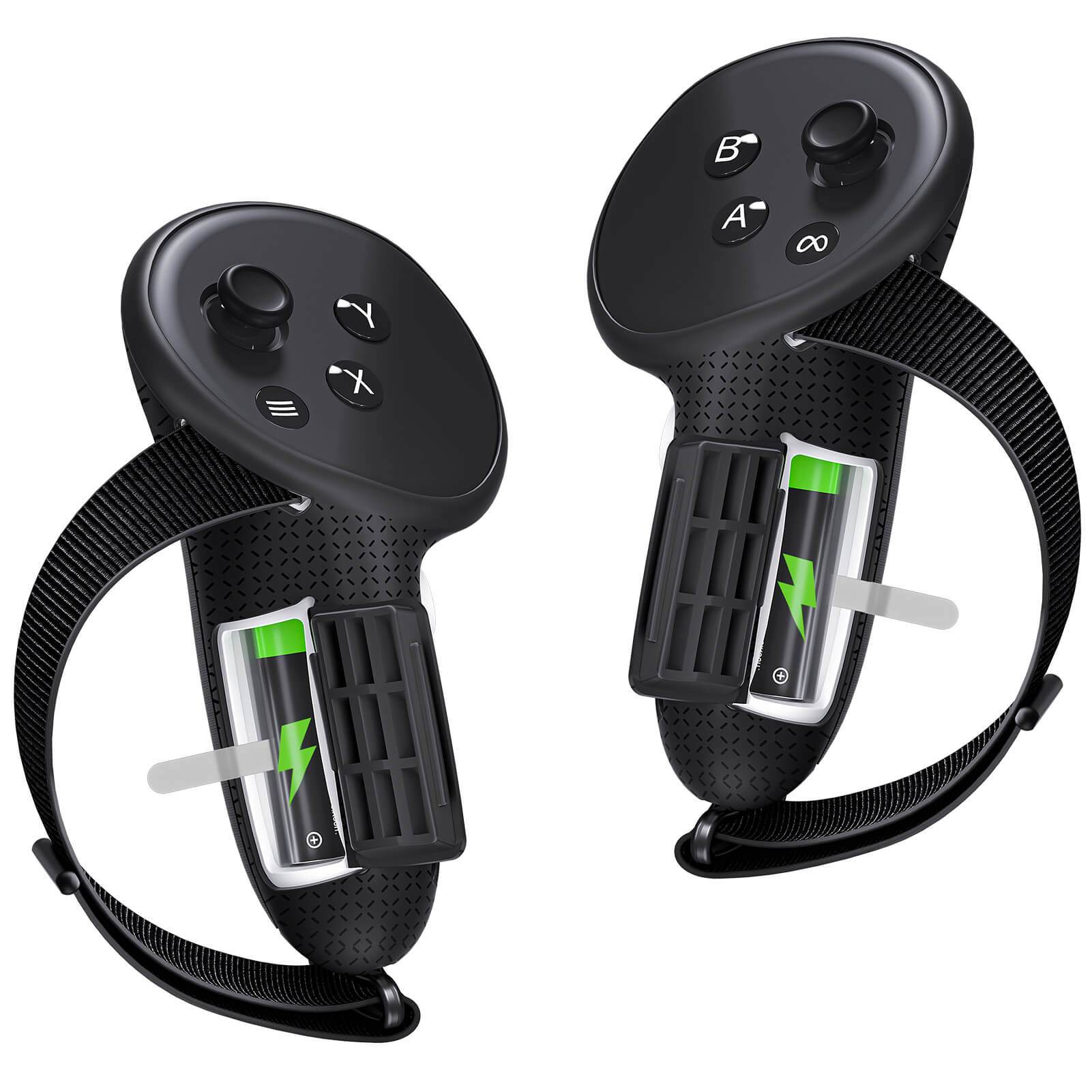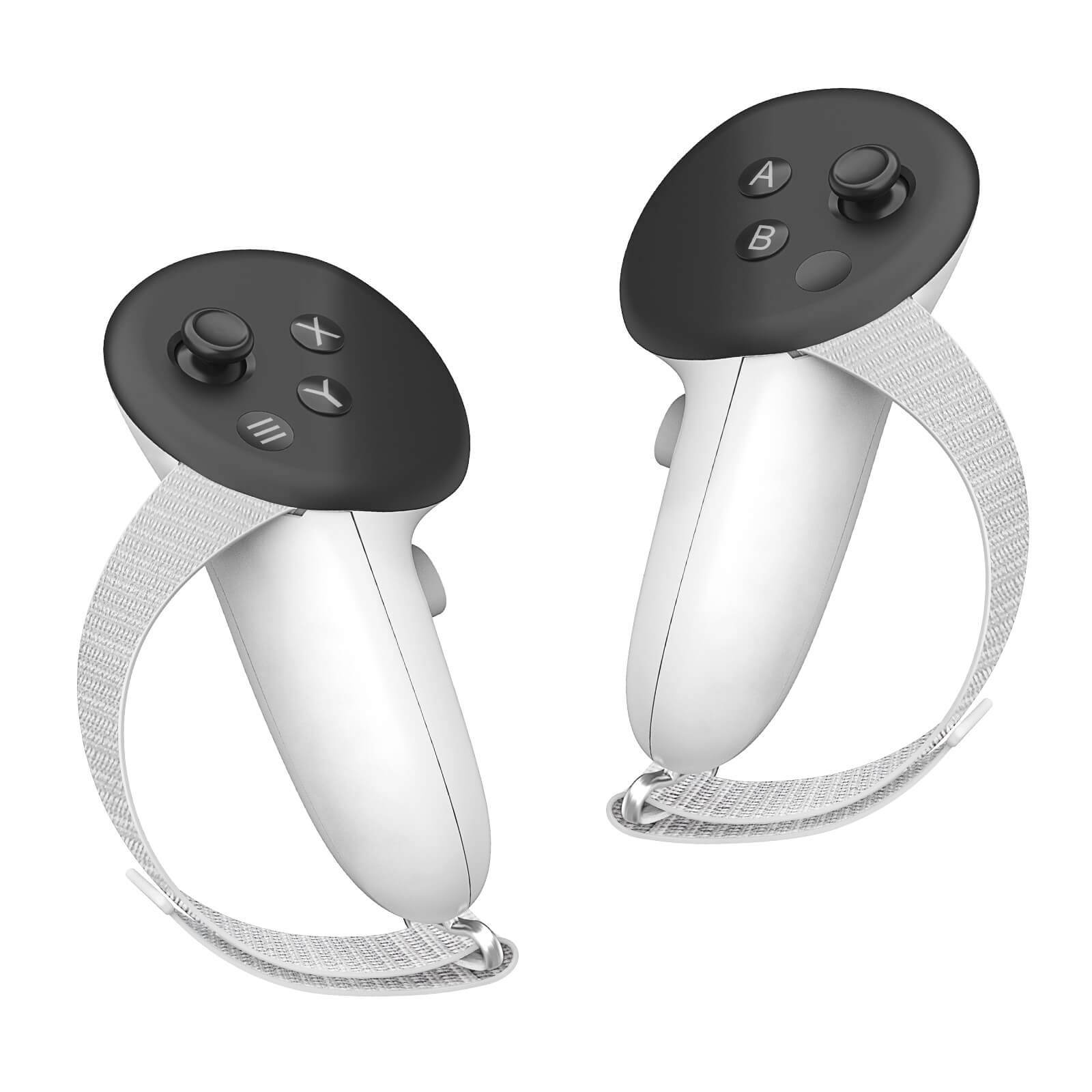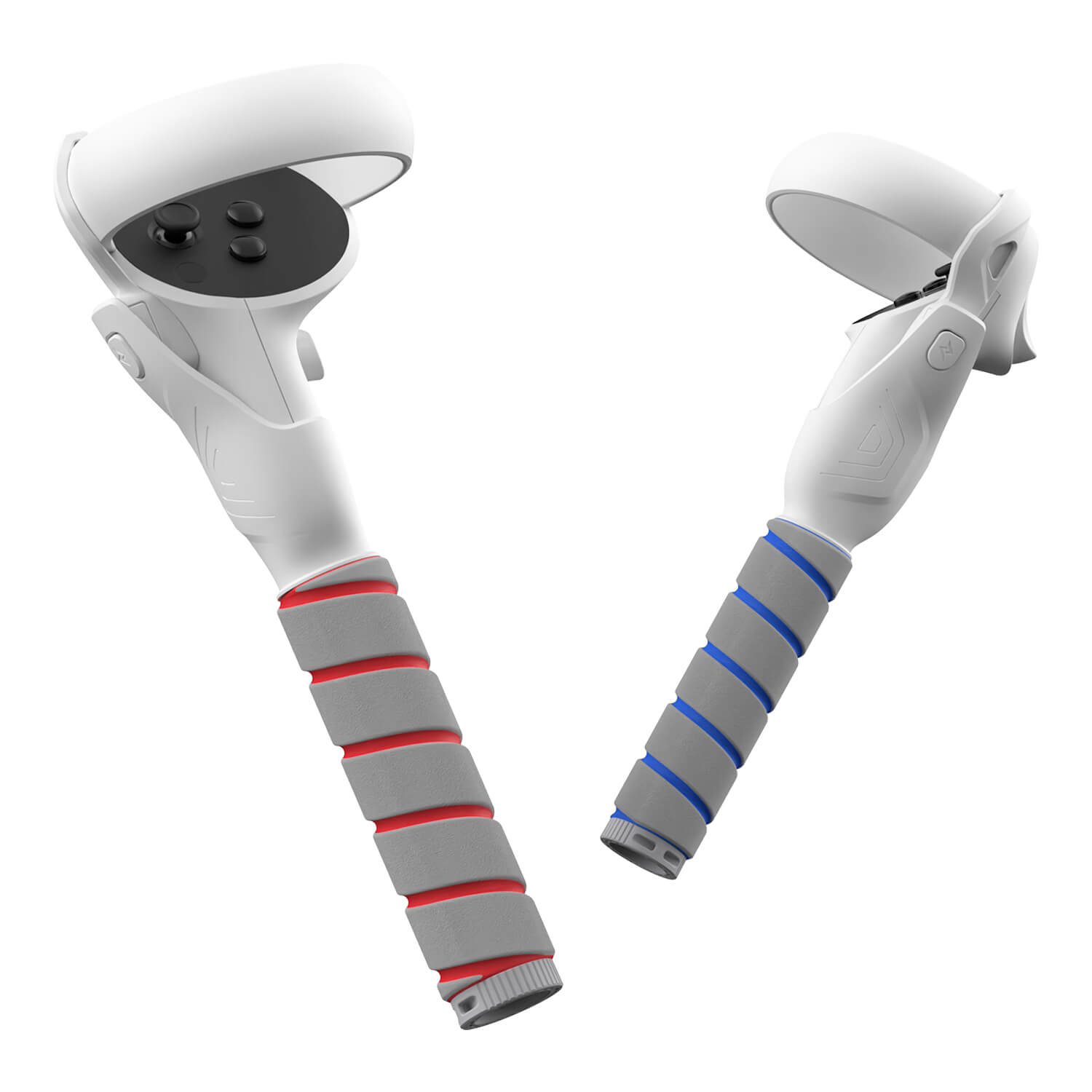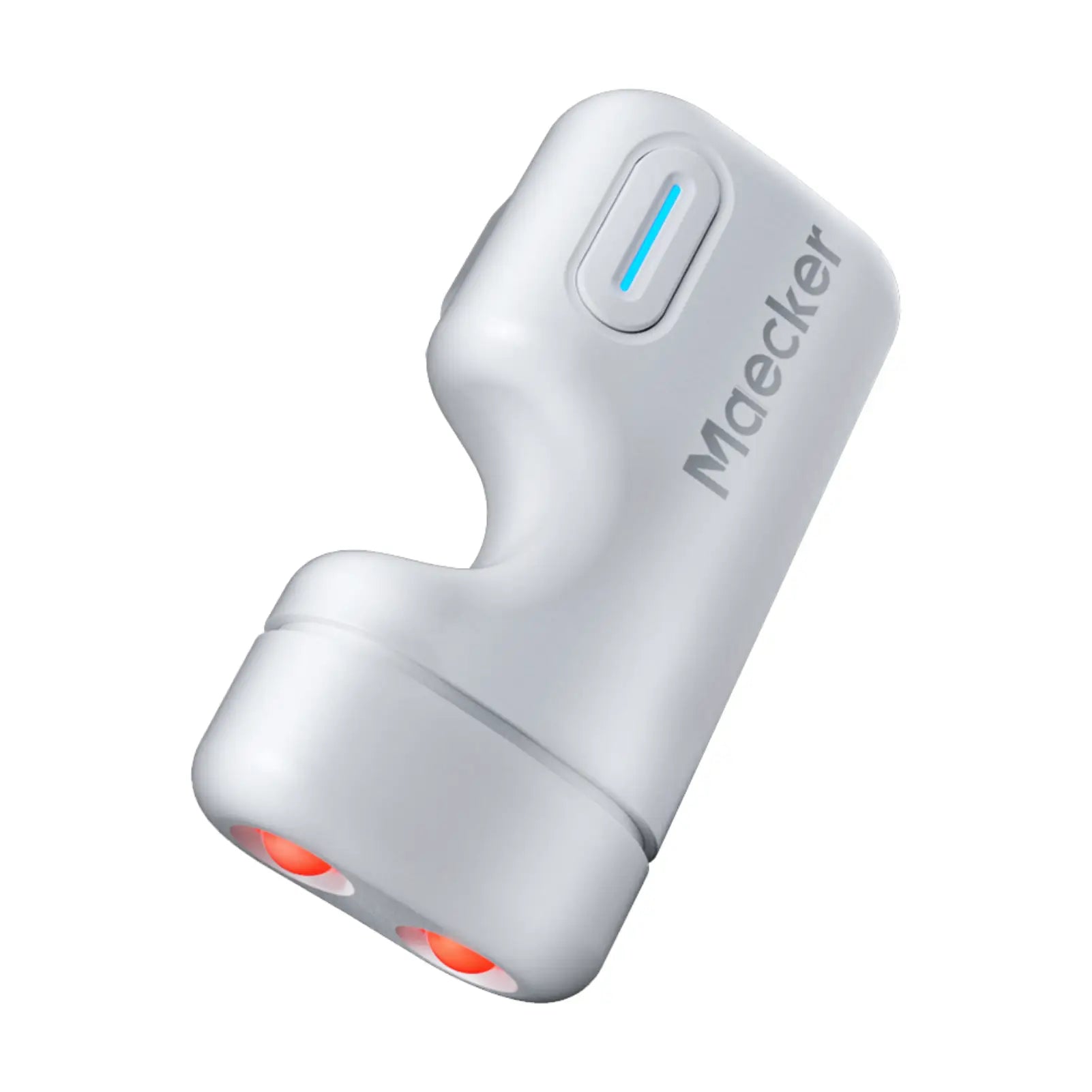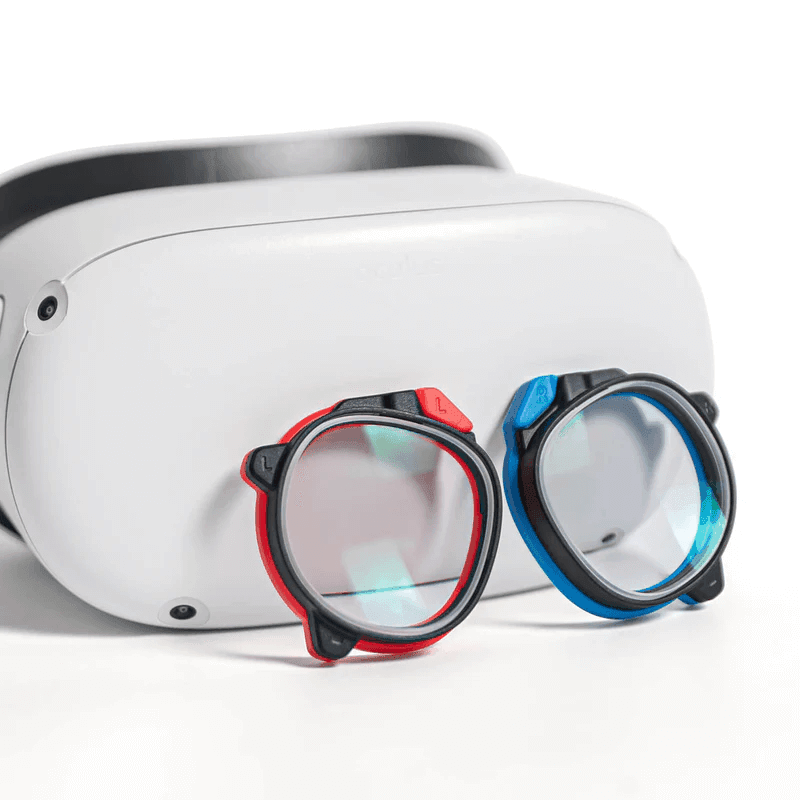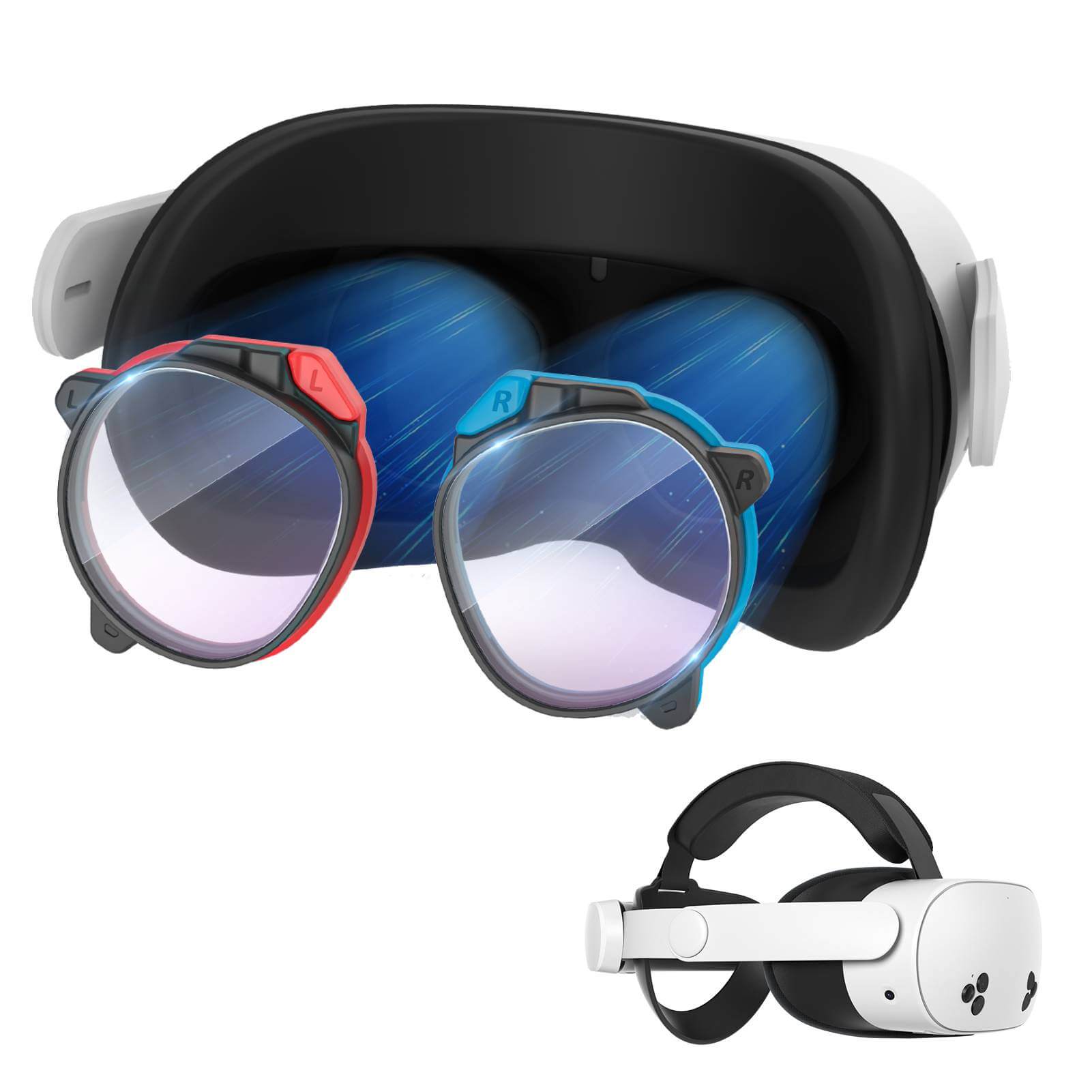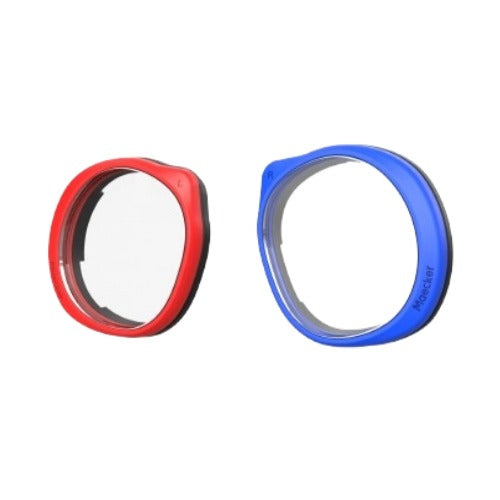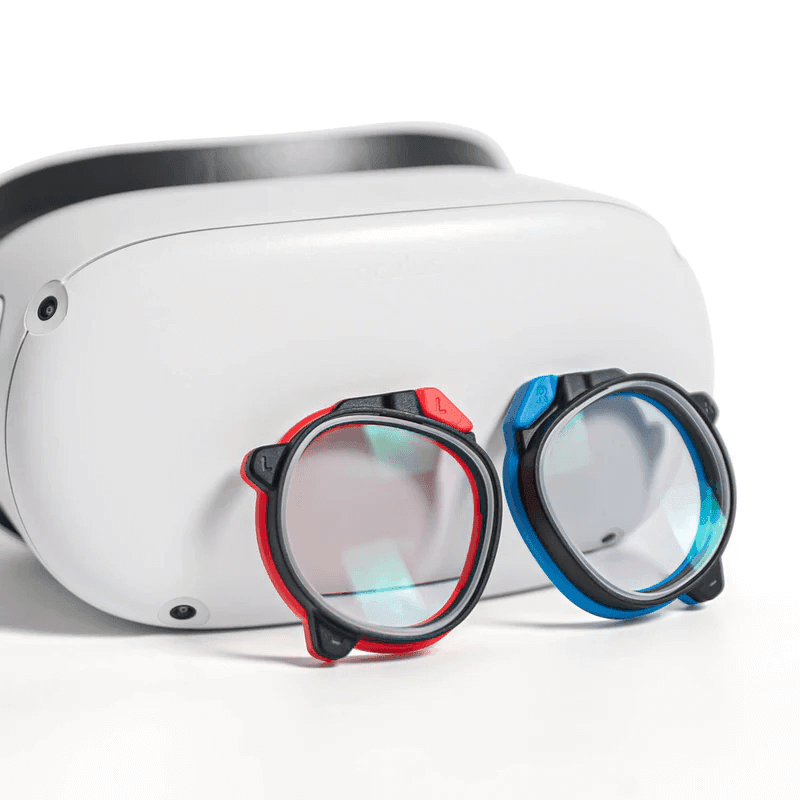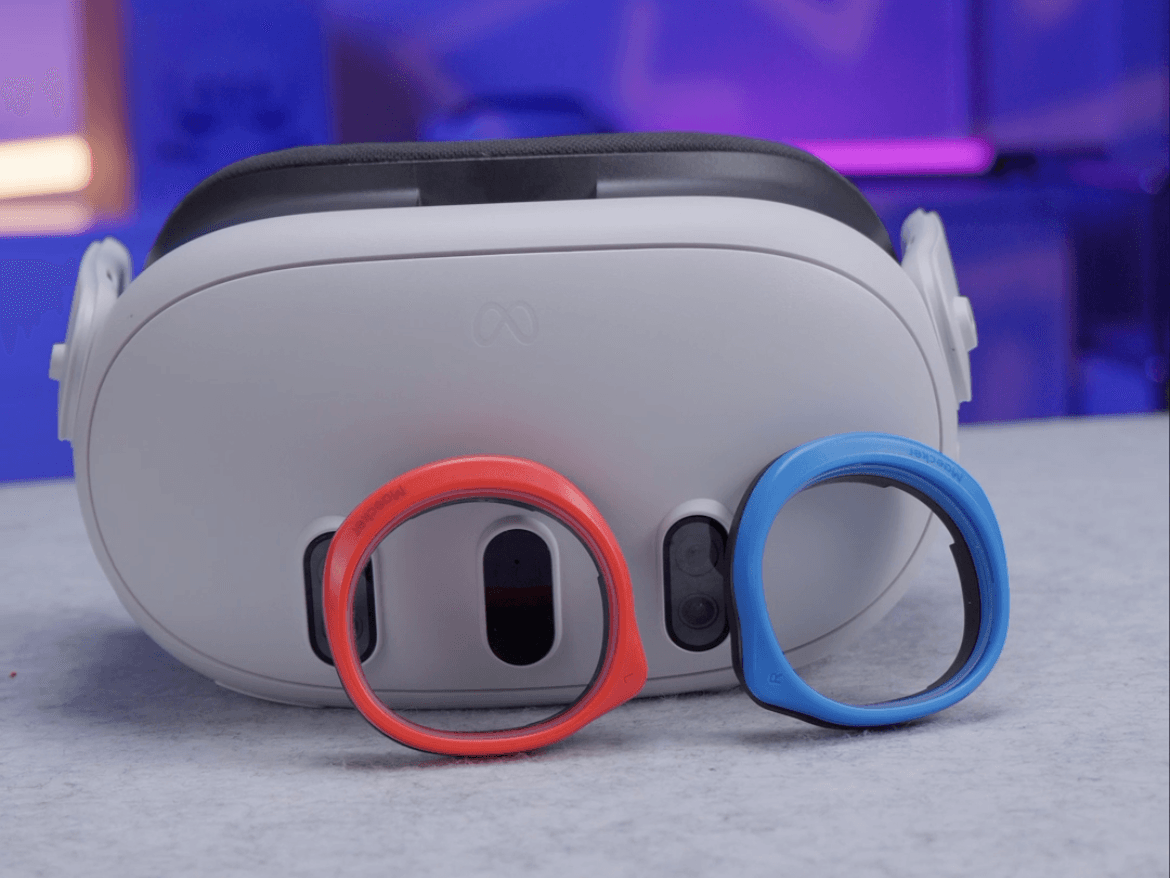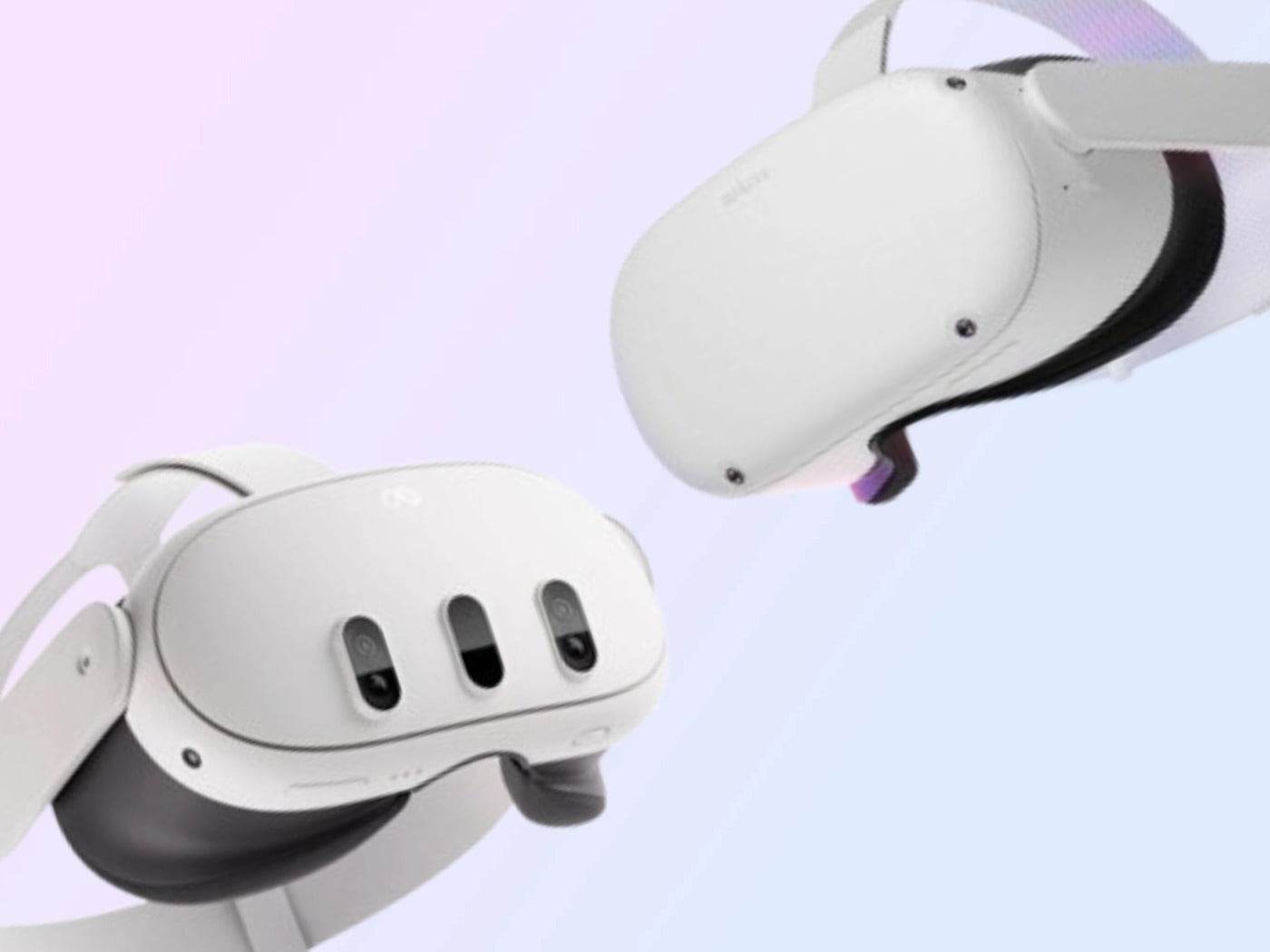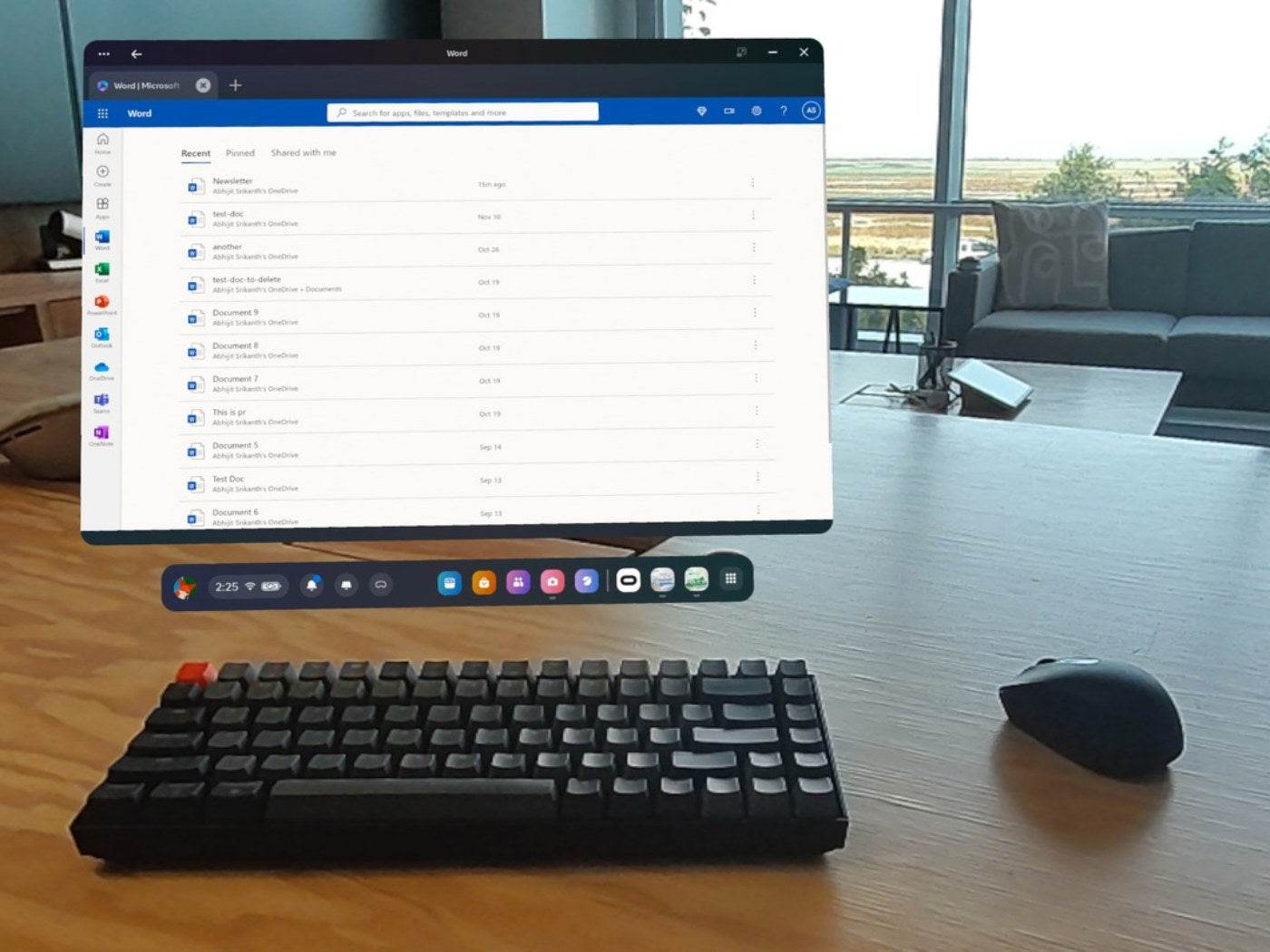With virtual reality becoming more popular for gaming, work, and entertainment, there’s growing concern about the impact of prolonged VR use on eye health. One of the major issues that many users face is blue light exposure, especially since VR headsets sit so close to the eyes. Blue light prescription lenses are increasingly marketed as a solution, but do they really make a difference?
This article explores what blue light is, its effect on your eyes during VR sessions, and how blue light filtering lenses may help.
What Is Blue Light?
Blue light is a type of high-energy visible (HEV) light emitted from various digital screens, including VR headsets, smartphones, and computers. Although blue light is naturally present in sunlight and plays a role in regulating our sleep-wake cycle, overexposure from screens has raised concerns.
Unlike natural light, the blue light from screens can cause issues like digital eye strain, headaches, and sleep disturbances, especially when viewed for extended periods.
In a VR headset, the screen sits extremely close to your eyes, which means you're exposed to even more intense blue light compared to traditional screens. As VR becomes a more immersive and longer-lasting activity for users, protecting your eyes from prolonged exposure becomes more important.
Impact Of Blue Light On VR Users
VR technology delivers immersive experiences by placing screens just millimeters away from the eyes. As fun and engaging as this may be, it can also lead to issues such as eye strain, discomfort, and difficulty focusing after long VR sessions. Many users report experiencing symptoms similar to digital eye strain, including dry eyes, blurred vision, and headaches.
The proximity of the VR screen increases the intensity of blue light exposure. Excessive blue light disrupts the production of melatonin, a hormone that regulates sleep. This is particularly relevant for those who use VR late into the evening, as it can interfere with their sleep patterns and make it harder to wind down.
How Do Blue Light Prescription Lenses Work?
Blue light prescription lenses are designed to filter out a portion of the blue light emitted by digital devices, including VR headsets. These lenses typically have a special coating that either reflects or absorbs the blue light before it reaches your eyes.
By reducing the amount of blue light that enters your eyes, these lenses aim to lower eye strain, reduce glare, and provide overall comfort during extended screen time.
For VR users who already wear prescription glasses, blue light filtering can be integrated into the lenses. This offers dual benefits: clearer vision and protection from blue light exposure. Many of these lenses also include anti-glare and anti-reflective coatings, further enhancing the visual experience during VR sessions.
Benefits Of Blue Light Lenses In VR
1. Reduced Eye Strain
One of the primary benefits of blue light lenses in VR is reduced eye strain. With screens so close to your eyes, the strain can build up quickly during extended gaming, working, or socializing sessions in VR.
Blue light filtering lenses reduce the amount of high-energy light reaching your eyes, making the experience more comfortable and helping to prevent common issues like dryness, headaches, and eye fatigue.
2. Improved Sleep Quality
For users who spend hours in VR, especially late at night, blue light lenses can help protect your sleep cycle. Blue light exposure can delay the release of melatonin, making it difficult to fall asleep.
Blue light filtering lenses help reduce the impact of VR on your body’s natural sleep rhythm, allowing you to wind down more easily after late-night VR use. This is particularly useful for those who use VR before bed or for extended periods in the evening.
3. Enhanced Visual Clarity
If you already require prescription lenses for nearsightedness, astigmatism, or other vision issues, using blue light prescription lenses in VR can provide the best of both worlds. These lenses not only correct your vision but also offer protection against blue light, making the VR experience more visually comfortable and less likely to cause eye strain.
4. Prolonged VR Use Without Discomfort
For gamers or professionals who use VR for long sessions, blue light lenses can help you extend your time in VR without feeling the discomfort that typically comes with extended exposure to digital screens. Whether it’s gaming, fitness, or even virtual meetings, you’ll be able to focus longer and feel less fatigued, allowing you to enjoy the VR experience more fully.
Are Blue Light Prescription Lenses Necessary For Everyone?
While blue light lenses offer several benefits, they may not be essential for all VR users. If you only use VR for short periods or don’t experience significant eye discomfort, you might not find blue light lenses necessary.
However, for those who frequently use VR for gaming or work and are prone to digital eye strain, these lenses could make a noticeable difference in overall comfort and visual health.
It’s also worth noting that individual sensitivity to blue light can vary. Some people may not experience as much discomfort or eye strain from blue light exposure, while others are more sensitive and could benefit from using blue light filtering lenses.
Alternatives To Blue Light Prescription Lenses
If you're not ready to invest in blue light lenses, there are other ways to protect your eyes during VR sessions:
1. Take Frequent Breaks
To minimize eye strain, try the 20-20-20 rule: after every 20 minutes of VR use, take a 20-second break and look at something at least 20 feet away. This quick practice helps ease eye fatigue and gives your eyes a short rest during extended VR sessions.
2. Adjust Screen Brightness
Most VR headsets allow you to adjust the screen brightness. Lowering the brightness can reduce the amount of blue light your eyes are exposed to, making long VR sessions easier on your eyes.
3. Use Built-in Blue Light Filters
Many VR headsets and other devices come with built-in blue light filtering options, often referred to as "night mode" or "comfort mode." These settings adjust the screen's warmth, reducing the amount of blue light emitted. While not as effective as blue light prescription lenses, they can still help reduce the strain on your eyes during long sessions.
Recommended VR Prescription Lenses
Conclusion
Blue light prescription lenses can be a valuable addition for regular VR users, especially those who experience eye strain, headaches, or difficulty sleeping after long VR sessions. These lenses help filter out blue light, reducing eye discomfort and improving overall comfort. While they might not be necessary for everyone, those who spend hours in VR or are sensitive to blue light could see significant benefits from using them.

